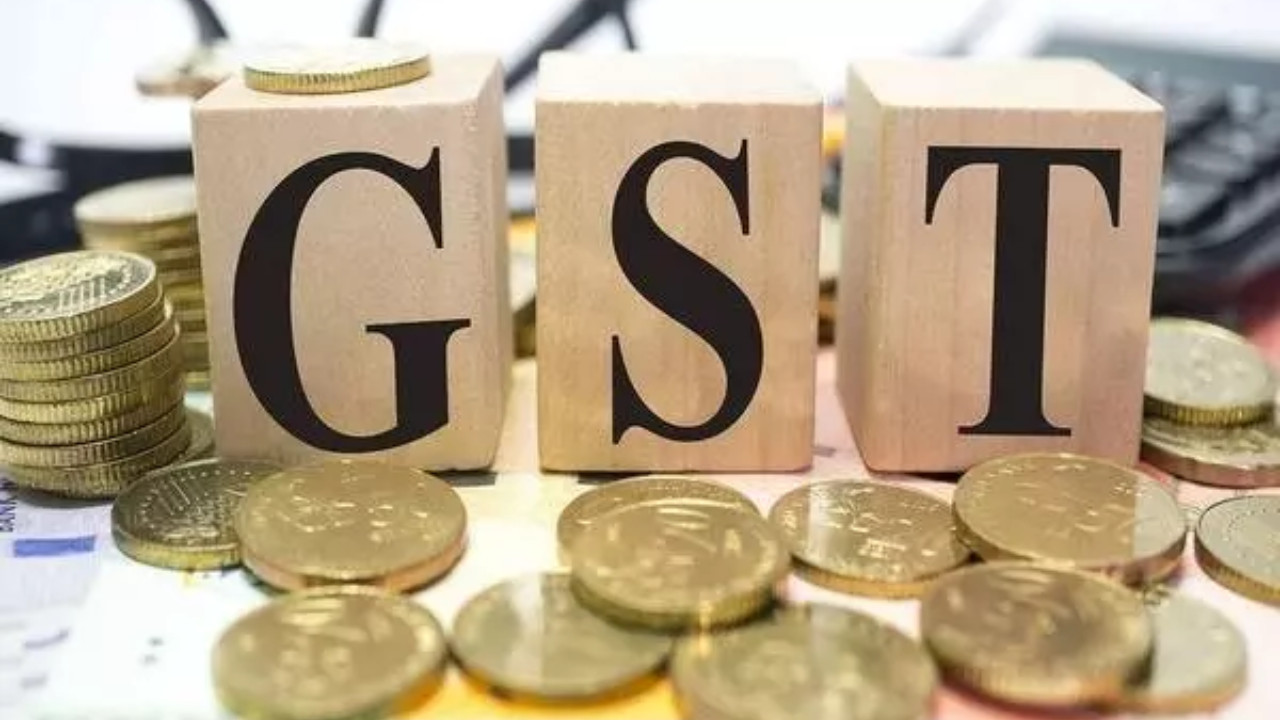Gold prices plummeted on MCX after a reported ceasefire announcement between Iran and Israel, with August futures dropping by approximately 3% to Rs 96,422/10 grams. Silver also declined, while both metals had previously gained due to Middle East tensions.
The Gold Rush Cools: Is This a Buying Opportunity?
For weeks, the financial world held its breath, watching gold prices skyrocket as geopolitical tensions flared between Iran and Israel. It felt like a runaway train, fueled by uncertainty and fear. Now, with whispers of de-escalation in the air, that train seems to be slowing, and the price of gold has taken a noticeable dip. But is this just a pause, or the start of a significant downward trend? More importantly, should you be thinking about buying gold now?
Recently, we saw gold prices in India tumble below ₹70,000 per 10 grams, a significant drop from the feverish highs we witnessed just days before. This shift reflects a broader cooling of anxieties across global markets, as the immediate threat of a large-scale conflict appears to be receding.
The relationship between geopolitical risk and gold prices is no secret. Gold has long been considered a safe-haven asset. When uncertainty reigns supreme, investors flock to it, driving up demand and, consequently, the price. The reverse is also true. As calm returns, investors often reallocate their capital to riskier, but potentially more rewarding, assets.

But let’s not get carried away with the headlines. While the immediate crisis may be easing, the underlying factors that initially propelled gold’s surge haven’t entirely disappeared. Inflation, while showing signs of moderation in some regions, remains a persistent concern globally. Central banks are still navigating a delicate balancing act, trying to tame rising prices without triggering a recession.
Furthermore, the global economic landscape is far from stable. Trade tensions, supply chain disruptions, and political instability in various regions continue to cast a shadow of uncertainty. These factors could easily reignite demand for gold, pushing prices back up.
What’s Next for Gold Prices?
Predicting the future is a fool’s errand, especially in the volatile world of finance. However, we can look at key indicators to gauge the likely trajectory of gold prices. Keep a close eye on:
* Geopolitical Developments: Any escalation of existing conflicts, or the emergence of new ones, will almost certainly boost gold’s appeal.
* Inflation Data: Higher-than-expected inflation figures could prompt investors to seek refuge in gold as a hedge against currency devaluation.
* Central Bank Policies: Interest rate decisions and quantitative easing policies can significantly impact investor sentiment and, consequently, gold prices.
* US Dollar Strength: Gold is typically priced in US dollars, so a stronger dollar can make gold more expensive for international buyers, potentially dampening demand.
Is Now the Time to Invest in Gold?
This is the million-dollar question, isn’t it? There’s no one-size-fits-all answer. The decision to invest in gold depends entirely on your individual circumstances, risk tolerance, and investment goals.
If you’re a long-term investor looking to diversify your portfolio and hedge against potential economic shocks, the recent dip in gold prices could present a compelling opportunity. Buying low and holding for the long term is a classic investment strategy, and gold can play a valuable role in a well-diversified portfolio. You might also consider learning more about other precious metals, such as silver, and how they fit into an investment strategy.
However, if you’re looking for a quick profit, gold might not be the best bet. Short-term price fluctuations can be unpredictable, and you could easily lose money if you try to time the market.
Ultimately, the key is to do your own research, consult with a financial advisor, and make informed decisions based on your own unique needs and circumstances. The cooling of the gold rush might just be the opportunity you’ve been waiting for, or it might be a sign of further declines. Either way, knowledge is your best asset.
The Golden Conclusion
The recent pullback in gold prices offers a valuable lesson: markets are rarely predictable. While geopolitical jitters initially sent prices soaring, the cooling of tensions has brought them back down to earth. Whether this presents a buying opportunity depends entirely on your individual investment strategy and risk appetite. Pay close attention to global events, economic data, and central bank policies to make informed decisions. Remember, gold can be a valuable asset in a diversified portfolio, but it’s not a magic bullet. Careful consideration and thorough research are essential for making sound investment choices.







